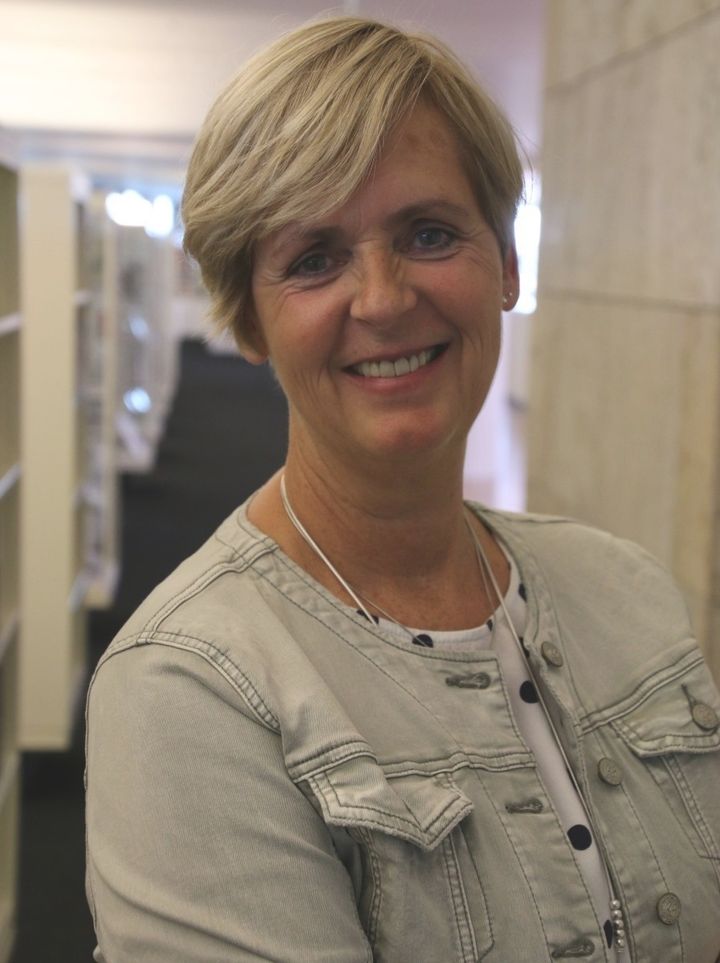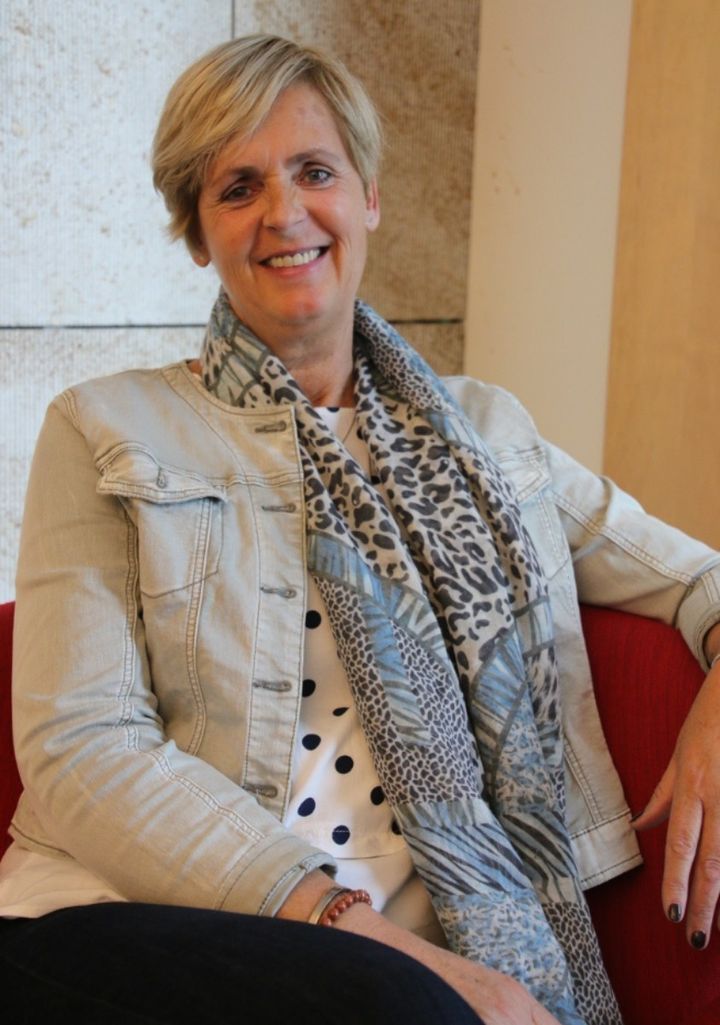While some define it as a hype triggered by prominent public figures, others concur that it was high time that it was brought out into the open.
The fact remains that being transgender, not infrequently, affects the person concerned as much as his or her close surroundings. In the case of underage transgenders, the role of parents should not be dismissed lightly.
How does one cope with all related issues as a parent, caretaker or guardian? The following is the story of Wilhelmina Woortman, author of the newly published book entitled ‘T.R.O.T.S Op Mijn Transgender Kind’ (Dutch for Proud of My Transgender Child).

Wilhelmina Woortman: “The underlying idea of my book is to pledge a message of hope to those people that might sometimes be ‘tearing their hair out’ ”.
HP: How would you describe the transitioning process your daughter has been through?
“I’m the mother of two gorgeous daughters. My process with Emma, my youngest of 13, is a roller-coaster of events – when one chapter ends, another begins. We face much incomprehension, bullying and jealousy, particularly at Emma’s former school. This year, she will, thankfully, be attending a new school where the emphasis is put on pupil’s strengths as opposed to their ‘weaknesses’.
It all started in the third grade when a teacher notified me that Emma had seemingly said: mom, I’d rather be a girl. For a while, I put this message on ice. It was a moment of acknowledgement – my mother instinct proved to be correct, I knew it all along but I had hoped for it not to be true as I truly wanted to spare my child from all the hurdles and obstacles this would bring along her journey...
As is only natural, Emma sometimes doesn’t feel comfortable in her own skin and faces concentration difficulties at school. Since the third grade, I became very involved in her schooling process. My approach is to collectively look for creative ways to meet her needs. In this process, sometimes feelings of powerlessness, sadness, happiness, anger and frustration, and the pressing question why don’t they understand my child, surface...
Schools cannot operate without rules but the way regulations are pursued is, however, a choice made by schools. In my experience, too much emphasis is put on own rules, whereas respect is a two-way street. In this aspect, some schools and some teaching staff must be made aware of the action and response cycle.
All in all, Emma and I always manage to overcome all challenges. Giving up is not an option – we stumble, we fall and we rise each time again while bringing our life lessons along. On balance, we have moments of grief and sorrow but we do also laugh and have a lot of fun together”.
HP: What inspired you to write T.R.O.T.S Op Mijn Transgender Kind?
I’ve always felt very lonely in this process as there is still too little information available on the topic. Where does one start? How to mentor one’s child? How to protect one’s child from the ‘harsh outer-world’? What about anti-harassment policies and safety at schools? And, no less important, where to turn for support? Emma and I have ‘worn out’ so many therapists and sometimes I’m faced with my own shortcomings.
In this light, my mission is to create equality within schools and its close surroundings, so that all children that do not fit the, so-called, conventional standards can still enjoy going to school.
The book is based on my personal experiences and provides grips and tools to others facing the same challenges. The T.R.O.T.S-method is an inspiration source geared towards parents of transgender children, (future) teachers and (future) therapists. It comprises a wealth of insights, personal stories, interviews carried out in the Netherlands and Australia and quotes and assignments on subjects such as acceptance. Likewise, a focus is also placed on the value of advisers, on how to remain objective, on how to deal with setbacks and the importance of collaboration. The underlying idea is to pledge a message of hope to those people that might sometimes be ‘tearing their hair out’ – it might sound like a cliché, but every cloud has a silver lining.
The corresponding programme Cool To Be Kind was developed by myself and a business partner. It’s directed towards teachers – as such, the skills can be transferred to pupils in the area of respect, helpfulness, norms and values, mindful communication and the detection of signs, just to mention a few”.
HP: In 2014 the new transgender act came into effect in The Netherlands. Has this worked out well in practice?
“After a battle of 8 years conducted by the Dutch LGBT+ association COC, this act is surely an excellent result and notable milestone. These days, transgenders in the Netherlands can easily register a sex change at local municipalities and matters such as job applications and travelling have become somewhat simpler.
I still recall an incident where my family and I almost missed a flight to Ibiza, as the lady behind the ticket-counter did not know anything on the transgender topic – Emma looked every inch a girl, but her passport said she was ‘male’... After a long discussion, we were authorised to board the plane”.

Wilhelmina Woortman: “Respect is a two-way street. In this aspect, some schools and some teaching staff must be made aware of the action and response cycle”.
HP: In the United Kingdom and in the Netherlands, two large retail chains have recently decided to launch gender-neutral children's wear. Is gender neutrality the redeeming word?
“I find this a rather difficult question. As far as I’m concerned, we shouldn’t make mountains out of molehills. Instead, people shall be accepted and respected for what they are, regardless of their gender.
We have lived for 6 years in Australia, and over there I was always very much impressed by the school uniform system. Especially in Queensland, every kid, regardless of gender and/or social background, wears a uniform. This is contrary to the Netherlands where kids are often judged on what they wear.
In this respect, I’m convinced that all of us can contribute to a much more positive society if the notion gets across that everyone is different and unique. The starting point of the world should be kindness – at that point, the rest will unfold organically”.
HP: What is the greatest wish for your daughter?
“For Emma to be given the chance to be whom she wants to be. For her to look forward to going to school. For her to be surrounded by loving friends that accept her the way she is.
Happiness is skin deep and my daughter is a beautiful creature inside out. She is someone that goes the extra mile for others and as her mom, I do observe her sense of perseverance – she opens up every day with a clean slate, she remains positive, she ‘fights’ and keeps searching for the ‘right’ path. In doing so, she indeed serves as an inspiration to others. I recognise this on a daily basis...”.
